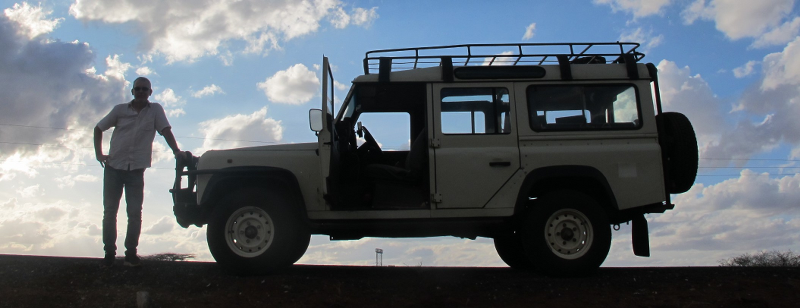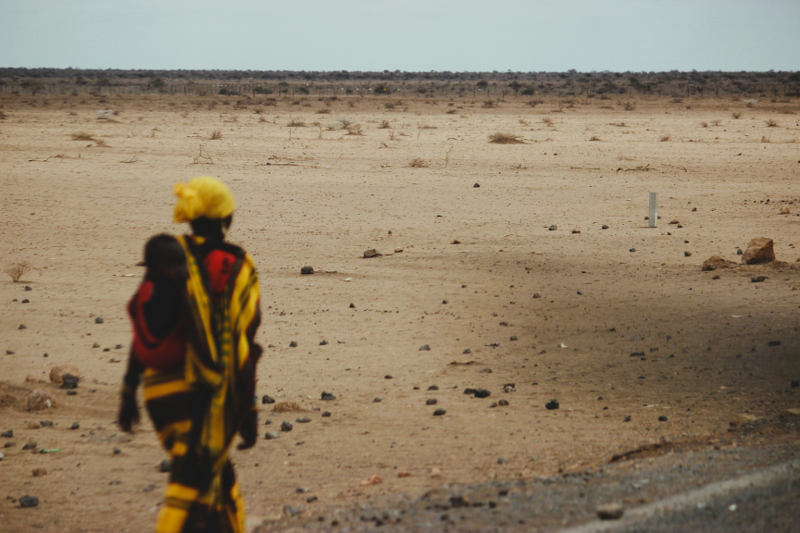La Giustizia chiede che ci sia un risarcimento. Noi al loro posto lo pretenderemmo. Chi gli compenserà il danno impagabile che stanno ricevendo?
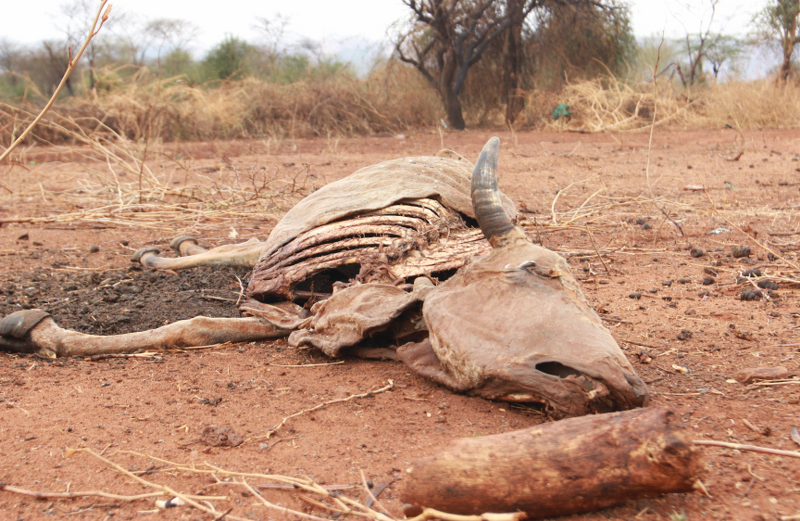
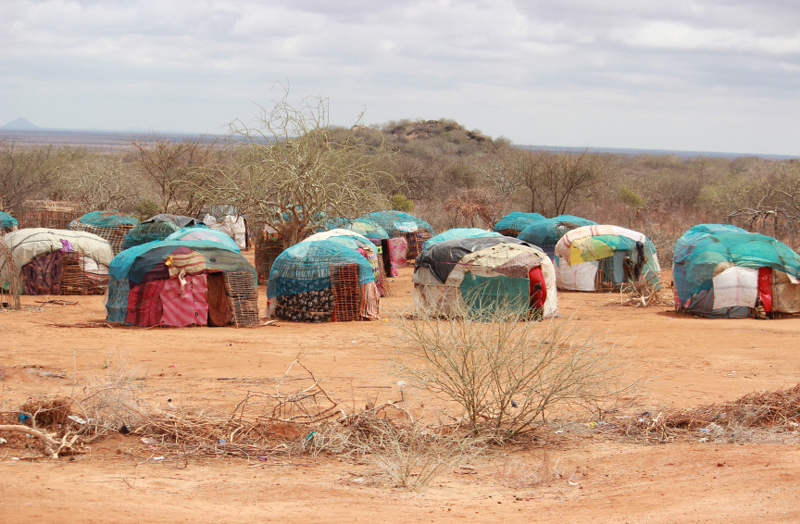
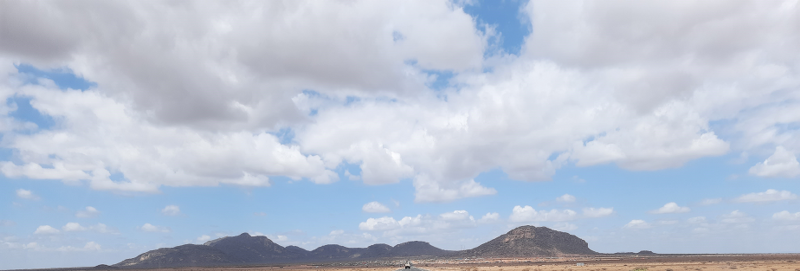
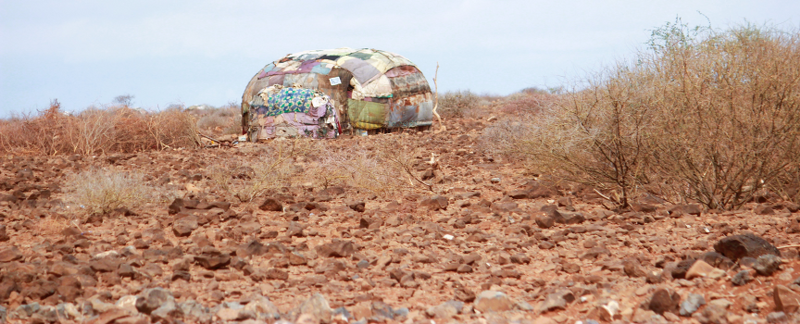
Nonostante le “previsioni ottimistiche” e quello “scroscio di pioggia durato circa 40 minuti avvenuto il 28 ottobre us” sull’area di Sololo, nessun’altra goccia d’acqua è arrivata dal cielo.
La stagione delle piccole piogge è sfumata.
Rimane da sperare nei “cambiamenti climatici” che possano portare piogge significative fuori stagione.
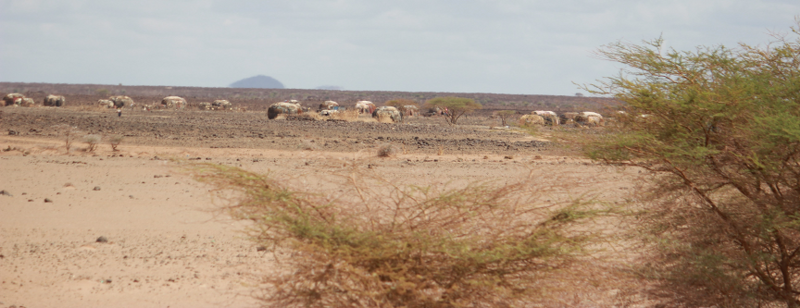
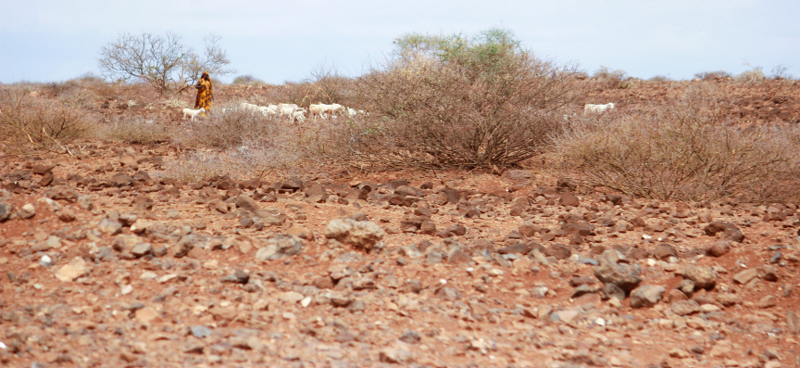
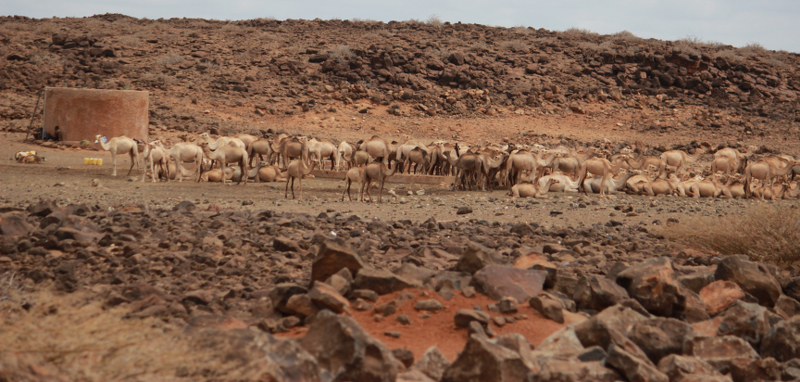
Noi diamo ciò che possiamo … forse può sembrare poca cosa.
Tuttavia io ritengo che restare oggi moralmente e concretamente al loro fianco significa che:
- qualcuno si salva;
- in molti non si sentono dimenticati e
- dimostriamo che su questa strada si possono anche prevenire le guerre di domani … sperando che lo ricordino, nelle loro future scelte e comportamenti.

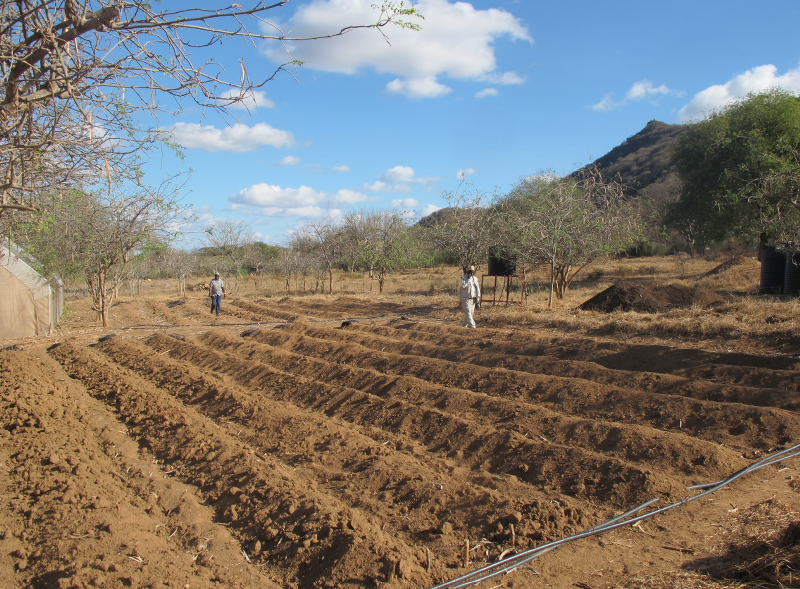
I giovani kenyani conoscono bene i loro problemi ed altrettanto bene anche le soluzioni.
Proviamo ad ascoltarli …
Vi riporto gli estratti dal convegno organizzato da “Plan International”, ove vi è molto di quanto vi abbiamo già raccontato e mostra metodi ed obbiettivi che sembrano proprio rientrare nella filosofia del “Progetto Sololo” e delle nostre scelte.
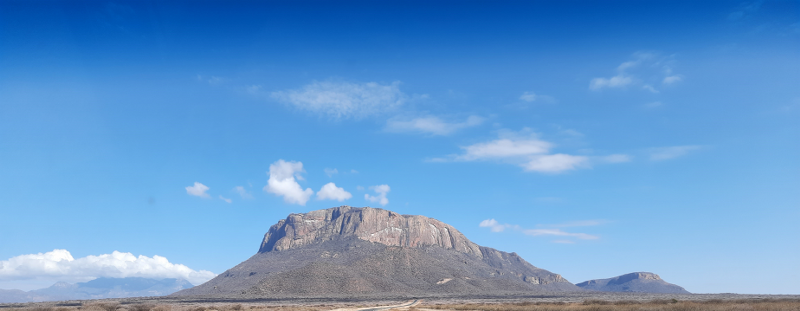
“Plan International è un’organizzazione umanitaria e di sviluppo indipendente che promuove i diritti e l’uguaglianza per le ragazze. Crediamo nel potere e nel potenziale di ogni bambino. Ma questo è spesso repressa dalla povertà, dalla violenza, dall’esclusione e dalla discriminazione; e sono le ragazze le più colpite.
Lavorando insieme ai bambini, ai giovani, ai nostri sostenitori e partner, ci impegniamo per un mondo giusto, combattendo le cause profonde delle sfide che devono affrontare le ragazze e tutti i bambini vulnerabili.
Sosteniamo i diritti dei bambini dalla nascita fino al raggiungimento dell’età adulta.
Formiamo i bambini a prepararsi a rispondere alle crisi e avversità. Guidiamo i cambiamenti nella pratica e nelle politiche a livello locale, nazionale e globale sfruttando la nostra portata, esperienza e conoscenza. Da oltre 85 anni costruiamo solide collaborazioni a favore dei bambini e siamo attualmente attivi in più di 75 paesi.”

I giovani kenioti chiedono al governo un’azione urgente sulla crisi dovuta alla carestia.
I’iniziativa, si è svolta dal 6 al 14 ottobre, mirando a sensibilizzare sulla necessità di allontanare le barriere che si frappongono alle opportunità di leadership, al processo decisionale e alla visibilità delle ragazze e delle giovani donne. …tutti i partecipanti hanno espresso la paura per gli effetti devastanti a lungo termine della siccità sui bambini vulnerabili, in particolare sulle ragazze, e sul futuro promettente del Kenya. Hanno lamentato l’esclusione dei giovani nel processo decisionale, che hanno attribuito al governo del Paese, come l’incapacità nella protezione delle ragazze ad affrontare efficacemente i rischi dell’attuale crisi dovuta alla carestia.… Il gruppo ha esortato i donatori e gli attori umanitari a investire di più nelle consultazioni con i giovanie a informare a riguardo della progettazione degli interventi;…La grave siccità ha stravolto la regione per quattro stagioni di pioggia consecutive, mettendo a dura prova le capacità del Kenya di adattarsi ai cambiamenti climatici e alla capacità di attutirne gli effetti sulle comunità vulnerabili.…Ci sono indicazioni per ritenere che gli attori umanitari potrebbero perdere la battaglia per affrontare con successo tutti i gravi impatti della carestia, stanti gli oltre 4 milioni di persone nelle contee colpite che lottano per accedere ad acqua pulita, cibo e alimentazione in particolare per bambini, donne in gravidanza e che allattano e gli anziani. La copertura dell’assistenza umanitaria, in particolare nelle contee di Marsabit, Turkana, Garissa e Wajir, è povera: molte persone nell’estremo di queste aree sono escluse.…Il Kenya dovrebbe investire più soldi e capacità per rafforzare la resilienza delle comunità alle ricorrenti siccità. Il problema nella terra arida e semiarida è la scarsa piovosità, che innesca la crisi idrica in regioni ove gli unici mezzi di sussistenza di milioni di persone sono i raccolti alimentati dalla pioggia e la produzione allevamento di bestiame. … investire nello sfruttamento delle acque sotterranee, nella raccolta dell’acqua piovana a costi contenuti con strutture e con programmi di bonifica dei terreni, oltre a fornire sistemi di irrigazione a sostegno dei piccoli proprietari agricoltori per coltivare cibo e dei piccoli allevatori per mantenere in vita il loro bestiame indipendentemente dalle condizioni meteorologiche avverse”…la crisi idrica nell’ASAL ha messo a dura prova molte ragazze e donne che devono camminare per 20 chilometri pur di recuperare il prezioso liquido … La siccità non ha risparmiato molti degli asini e dei cammelli che servivano per andare a prendere l’acqua.…È ancora più difficile … nella sottocontea di Moyale, … dove l’acqua viene venduta ai residenti. Le famiglie più vulnerabili, compresi i bambini e i capofamiglia che non possono permettersi di comprare l’acqua, devono trovare il modo di mettere insieme i soldi necessari anche a costo di mettere a rischio la salute e le vite delle donne e delle ragazze mandate a procurare acqua.…La mancanza d’acqua colpisce anche le attività scolastiche, come il programma dei pasti scolastici, portando alla fame i bambini costretti ad abbandonare la scuola. …in alcune scuole il programma di alimentazione è stato sospeso per inadeguatezza del finanziamento. D’altra parte, le famiglie che dipendevano dai proventi della vendita dei loro prodotti agricoli e del loro bestiame per pagare le tasse scolastiche dei loro figli, ora non riescono ad avere i soldi per continuare a farlo. La combinazione di questi fattori è una ricetta perfetta per il disastro educativo che potrebbe compromettere ulteriormente il raggiungimento degli obbiettivi della “Visione 2030 del Kenya”.
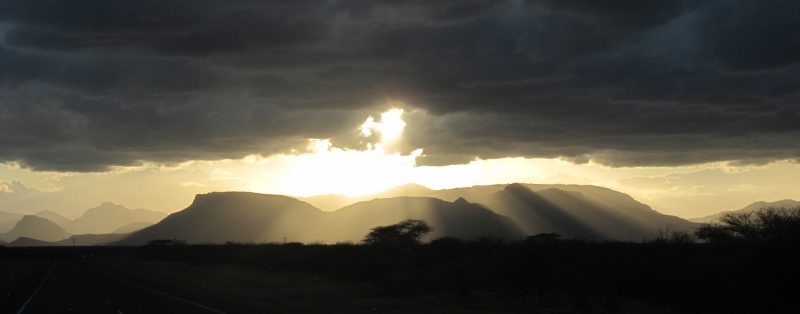
(versione inglese completa)
Young Kenyans call for urgent action on hunger crisis
Date: Wednesday, 26 October 2022
Nairobi, Kenya – Plan International Kenya has hosted a virtual dialogue to gather the perspectives of young Kenyans on the impact of the hunger crisis on children and young women in the Arid and Semi-Arid Land (ASAL) of the country. The 18 participants aged between 11 and 24 years, were drawn from Plan International’s Girls Takeover Initiative, that took place between 6 and 14 October, as part of the commemoration of the International Day
of the Girl Child, held annually on October 11. The initiative seeks to raise awareness on the need to remove barriers that stand in the way of girls’ and young women’s leadership opportunities, decision-making and visibility. It gives girls and young women the opportunity to step into the shoes of leaders and decision-makers from various sectors in a mass takeover aimed at encouraging and mentoring them to learn and be confident to lead.
During the hunger crisis dialogue, all participants expressed fear over the devastating long-term effects of the drought on vulnerable children, particularly girls, and the once-promising future of Kenya. They lamented the exclusion of young people in decision-making, which they attributed to the country’s inability to effectively address the protection risks for girls in the current hunger crisis. The participants emphasized the need for girls and young women, to be included in platforms such as steering and technical committees and working groups where issues affecting them are discussed and interventions decided.
The group urged donors and humanitarian actors to invest more in consultations with young people to inform the design of interventions; build their capacity to support community resilience and the ability to prevent and respond to protection risks; expand advocacy platforms that can help amplify young people’s voices including young male champions for gender-equality; as well as showcasing how the hunger crisis is affecting the lives and future of children and women in the hardest hit ASAL region.
The severe drought has overwhelmed the region for four consecutive rainy seasons, putting Kenya’s ability to adapt to climate change and capacity to cushion vulnerable communities, to the ultimate test. There are indications that humanitarian actors may be losing the battle to address all severe impacts of the hunger crisis, with over 4 million people in the affected counties struggling to access clean water, food, and nutrition for children, pregnant and breastfeeding women. The coverage of humanitarian assistance, particularly in the Marsabit, Turkana, Garissa, and Wajir counties, is poor – many people in the far-flung
areas are left out. A scoping exercise recently carried out by Plan International in the northern Kenya’s Marsabit county revealed that many organisations have either run out of funding or are operating on a shoe-string budget, severely affecting the effectiveness of interventions. The hunger crisis, which is also affecting Kenya’s neighbouring countries namely Somalia, Ethiopia and South Sudan, has been a rude awakening for the region after a long wait for more funds has not yielded satisfactory results despite evidence of deaths related to hunger in all four countries.
Ms. Faridah Akinyi, a 20-year-old young advocate who took over the position of the Deputy Head of the
EU delegation, Her Excellency Katrin Hagemann, during Plan International’s Girls Takeover Initiative
said the solution to the hunger crisis lies in Kenya prioritizing investments that can strengthen the
resilience of communities to the recurring droughts.“Kenya should put more money and capacity in strengthening the resilience of communities to the recurring droughts. The issue in the Arid and Semi-Arid Land is poor rain, which is triggering a water crisis in a region where the livelihoods of millions of people are rain-fed crop and livestock production. In that case,
it is obvious that we should be investing in harnessing groundwater, cost-effective water-harvesting facilities, and land-reclamation programmes as well as providing irrigation systems to support smallholder farmers to grow food and keep their livestock alive irrespective of the adverse weather conditions,” said
Ms. Akinyi. The scoping exercise also shows that the water crisis in the ASAL has taken a heavy toll on girls and women
with many having to walk 20 kilometres to fetch the precious liquid in areas such as Chari Ashe, Kilkille, Konon Gos, Kubi Adhi, Shankera, Forole, Kalesa, Burgabo, Tigo, Moite, Elmo village, Lekushula and Olturo. The drought has not spared many of the donkeys and camels that used to help fetch water. Some
have either died while many others are too weak to undertake such hard work, compounding the already difficult situation.
It is even harder in Laisamis sub-county, Watiti in Moyale sub-county, Loiyangalani town, some villages in Golbo and Uran ward, where water is being sold to residents. Most vulnerable families, including child-
headed households who cannot afford to buy the water, are having to find ways to raise the money, even if it means women and girls putting their health and lives at risk, to get the water. Lack of water is also affecting school operations, such as the school-meals programme, and forcing hungry children to drop out of school. The scoping study further found that in some schools, the feeding programme has been suspended due to inadequate funding. On the other hand, families that depended on proceeds from their farm produce and sale of their livestock to pay school fees for their children, are now failing to raise the money. A combination of these factors is a perfect recipe for an education disaster, and one that may
further compromise the achievement of Kenya’s Vision 2030. The blueprint seeks, among other key pillars, to advance an equal society and real transformation in gender-equality; poverty-eradication; education and
training; health; and water and sanitation.
Meanwhile, at the dialogue, Ms. Catherine Okoth, 20, who also participated in the Girls Takeover Initiative, said significant progress towards Vision 2030 cannot be achieved without adequate child-protection and education for all girls. “The same children affected by this hunger crisis are the future of Kenya. And if they are dropping out of
school to fend for themselves, it means we are reversing the gains we have made over the years. We cannot transform Kenya into an industrializing middle-income country by 2030 if we fail to ensure education and
training for all children,” said Ms. Okoth. Another participant, 11-year-old Mary Anne Syombua who in the Girls Takeover Initiative took over the
position of Plan International Country Director in Kenya, Ms. Atieno Onyonyi, emphasized the dangers
associated with failure to ensure all children, particularly girls, remain in school.On her part, Ms. Onyonyi, further highlighted that not only are children dropping out of school to bear the
burden of looking after their siblings, take up domestic chores and do menial jobs to contribute to the upkeep of their families, the risk of girls falling into the child, early and forced marriage trap, as well as early childbearing, is now very high because of the drought-induced crisis.
“The consequences of girls failing to complete secondary education and acquiring foundational skills, are grave as they perpetuate poverty and affect their well-being. In future, their ability to make decisions in
their families, communities and at national and global level will be negatively affected. It would be a big loss for our country if we fail to act adequately now to address the impact of the hunger crisis on children
and women,” said Onyonyi. In this hunger crisis, she added, concerted efforts are urgently needed to ensure
adequate essential services for the prevention and response to sexual and gender-based violence,exploitation, abuse and child labour are gender sensitive, youth and child friendly and easily accessible. Ms. Onyonyi also said in Kenya, Plan International is mobilizing resources to accelerate the expansion of its gender-responsive interventions in Marsabit county. “The needs for the women and girls, are super abundant, and partnerships are more critical now than ever
before, for us to be able to pool resources and act fast to expand and sustain activities such as school meals;provide water, particularly in schools where girls are facing menstrual hygiene challenges causing them to skip classes; support women farmers to create other sources of livelihood for their economic empowerment and resilience building; and heighten campaigns against harmful practices such as female genital mutilation, which is associated with child marriage, unwanted pregnancies, and poverty.”
About Plan International
Plan International is an independent development and humanitarian organisation that advances children’s
rights and equality for girls. We believe in the power and potential of every child. But this is often suppressed by poverty, violence, exclusion and discrimination. And it’s girls who are most affected.
Working together with children, young people, our supporters and partners, we strive for a just world, tackling the root causes of the challenges facing girls and all vulnerable children. We support children’s rights from birth until they reach adulthood. And we enable children to prepare for – and respond to – crises
and adversity. We drive changes in practice and policy at local, national and global levels using our reach,experience and knowledge. We have been building powerful partnerships for children for over 85 years,
and are now active in more than 75 countries.
Media Contacts for further information and interview arrangements in Kenya:
Lillian Omariba, Influencing and Communications Manager – Lillian.Omariba@plan-international.org
Evelyn Wambui, Regional Communications and Media Specialist – evelyn.wambui@plan-international.org
Tsitsi Matope, Global Policy and Advocacy Specialist – Tsitsi.Matope@plan-international.org
